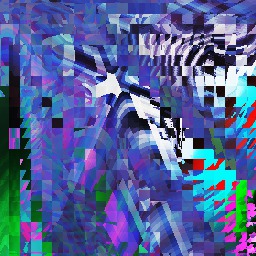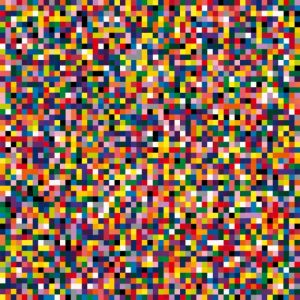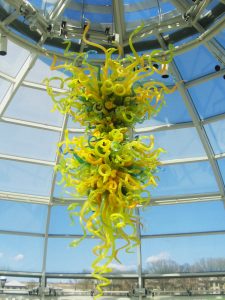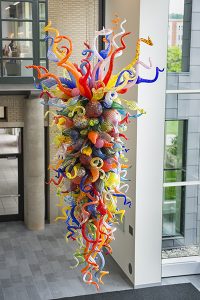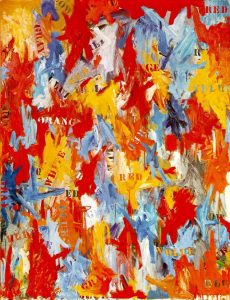http://www.random-art.org/about/
Random Art is a website created by Andrej Bauer in which you can type out anything in a text box and it turns into an abstract computer generated painting. The words you type cause a pseudo-random number generator to create a formula that changes the color of individual pixels in the picture. The first word makes the colors, while the second creates the arrangement of graphical elements. Below are the words “Blue Demo” (left) and “Demo Green” (right).
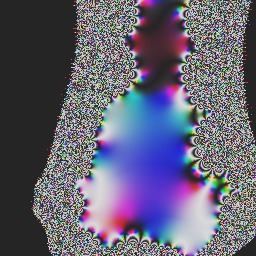
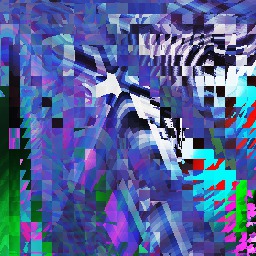
![[OLD – FALL 2016] 15-104 • COMPUTING for CREATIVE PRACTICE](../../../../wp-content/uploads/2020/08/stop-banner.png)
